Life In Iceland (25 pics)
- Category: Pics |
- 5 Apr, 2021 |
- Views: 4762 |

- +10
 |
|
Reykjavik Is The World's Northernmost Capital
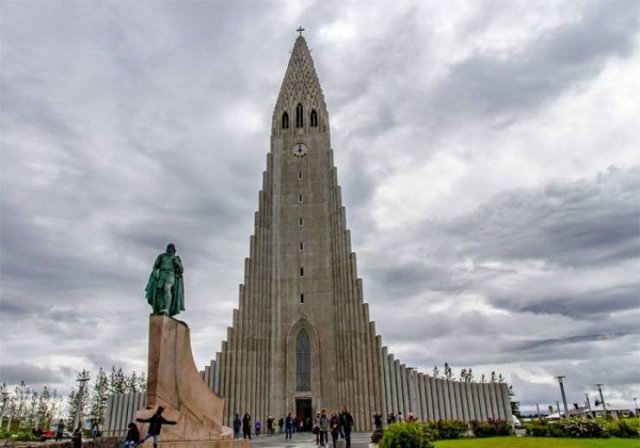
Iceland’s capital Reykjavik is the world’s northernmost capital of a sovereign state. If you are wondering what is the northernmost city in Iceland, it’s the town of Siglufjörður with a population of 1,300 people. And the northernmost city in the world is Longyearbyen, in Svalbard, Norway, which has a population of about 2,300 residents.
In The Town Of Akureyri Traffic Lights Have Red Hearts Instead Of Red Circles
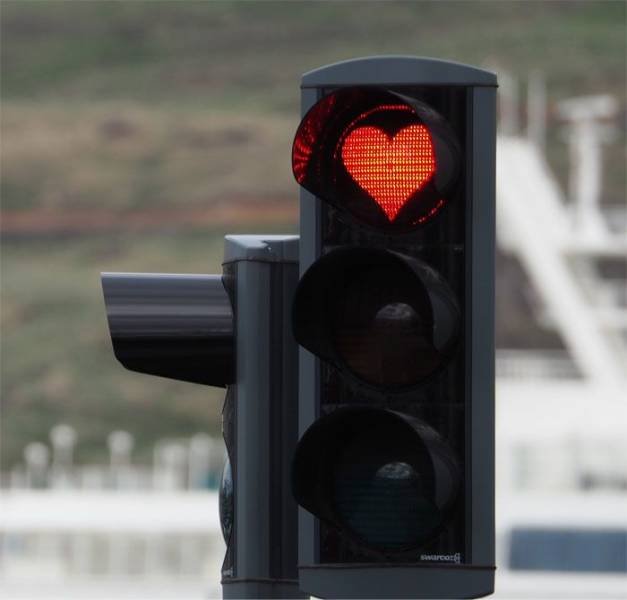
The economic crash of 2008 was really devastating for Iceland and in order to lift up people’s spirits, the town of Akureyri thought that it’s the simple things that have the biggest impact. Akureyri is the second largest city in Iceland and it is located in the north of the country, so the cold climate and long nights don’t help when it comes to keeping people happy. But the town found a solution: they transformed red traffic light circles into hearts. This was a part of a larger Smile With Your Heart campaign and the traffic lights became permanent fixtures of the city. Now people stuck in traffic see the hearts and are constantly reminded to stay positive and the international symbol of love in such an unexpected place puts a smile on one’s face.
Iceland Is The Only Place In The World Where You Can Swim Between Two Tectonic Plates
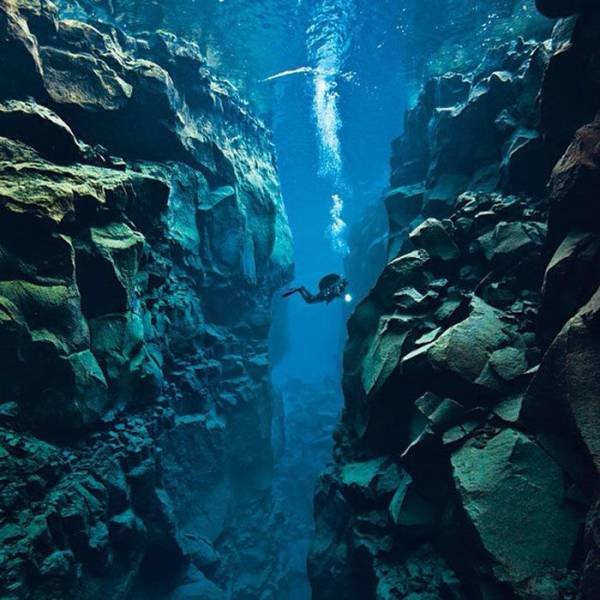
Iceland's Silfra fissure is the only place in the world where you can swim between two tectonic plates. It is a crack between continents formed because of the tectonic plates pulling apart. Some of the openings are so narrow that you can touch both sides at once, i.e. you can be touching the North American and Eurasian continents at the same time. Not only that, but it’s also where you’ll find some of the clearest water in the world. The Silfra fissure is located in Thingvellir National Park, in southwestern Iceland, and it was designated a UNESCO World Heritage Site in 2004.
Iceland's Only Native Land Mammal Is The Arctic Fox
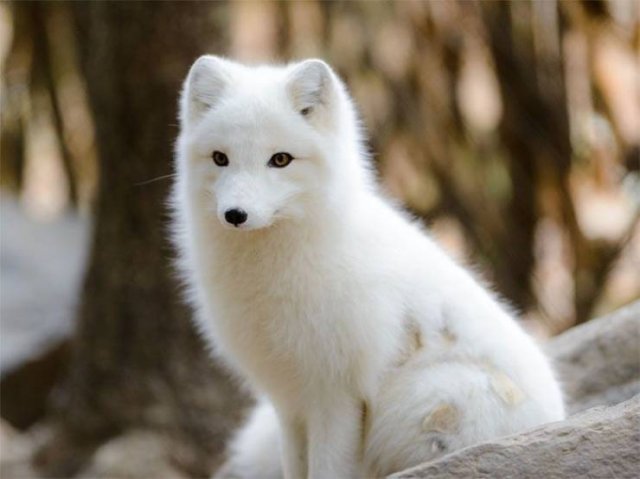
Iceland was first settled in the ninth century and then the only native land mammal was the Arctic Fox. These animals came to the island at the end of the ice age, walking over the frozen sea. Other animals were brought to the island by settlers. There are from 8,000 to 10,000 Arctic Foxes living in Iceland and their status in the International Union for Conservation of Nature Red List is Least Concern.
A Traditional Christmas Gift Is Considered A Book

Icelanders love to read books. Iceland publishes the most books per capita in the world, with five titles published per 1000 Icelanders. In 2009, the Reykjavik City Library’s book loans totaled to 1.2 million, but Reykjavik’s population is only 200,000. But the majority of books are sold during one particular time of the year—from late September to early November. This national tradition is called Jolabokaflod, or the "Christmas Book Flood." The books are gifted on the night of December 24th and people spend the night reading. The tradition started during World War II, when currency restrictions limited the amount of imported giftware in Iceland. But paper restrictions weren't that bad, so books became perfect Christmas presents.
54 Percent Of The Icelandic Nation Believes That Elves Exist And There Is Even An Elfschool In Reykjavik
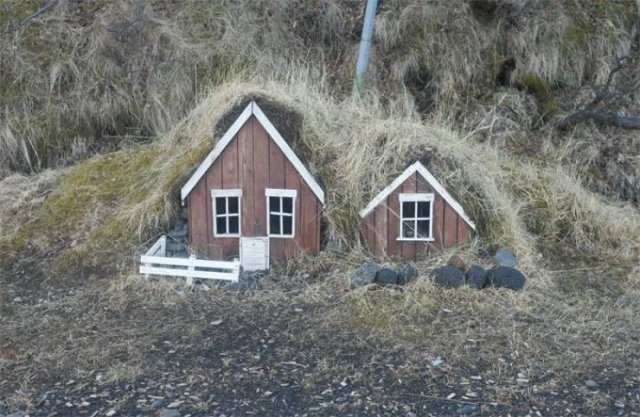
According to the Elfschool, 54 percent of Icelanders believe that elves are real and even more people respect the traditions and myths surrounding them. And you can find tiny elf houses all around Iceland to remind you of their otherworldly presence. If someone outside Iceland wants to know more about elves, they can go to the Elfschool, where they can learn what these elves look like, where and how they live in just a day. The school promises to introduce students to people who are experts in this field and to tell many stories of people meeting the elves.
Icelanders Developed An App That Tells Them If They Are Related To The Person They're Dating

Iceland's population is about 360,000 and on a such a small island with little immigration, there’s a chance that you have distant cousins that you don’t even know about. There is also a chance for an Icelander to accidentally date them. It’s such a problem that in 2010, they even developed an app which could help them to check if their newly gained acquaintance is related to them or not. The Íslendinga-App uses information from another data base Íslendingabók, or The Book of Icelanders, a website that lists all Icelanders since the first immigrants in the 11th century and their relations to one another. But the app makes it more convenient, provides easy access to smartphone users, and has some other fun functions. Android users just have to bump their phones and they already know how closely related they are.
Parents In Iceland Have To Choose Names For Their Babies From An Approved List Or Submit A Name For Approval To The Naming Committee

In Iceland, you can’t name your baby whatever name you want. The baby naming process is regulated by the Icelandic Naming Committee established in 1991. They created a list of approved names and as of 2012, it contained 1,712 male names and 1,853 female names. If the parents want to give their baby a name which isn’t in the official approved list, they have to submit the name to the committee for approval. The committee evaluates whether the name is compatible with Icelandic grammar and if there is likelihood that it would cause embarrassment for the bearer. Until 2019, all names had to have grammatical gender, but since then, it has been changed.
There Is A Giant Rock In A Shape Of An Elephant's Head
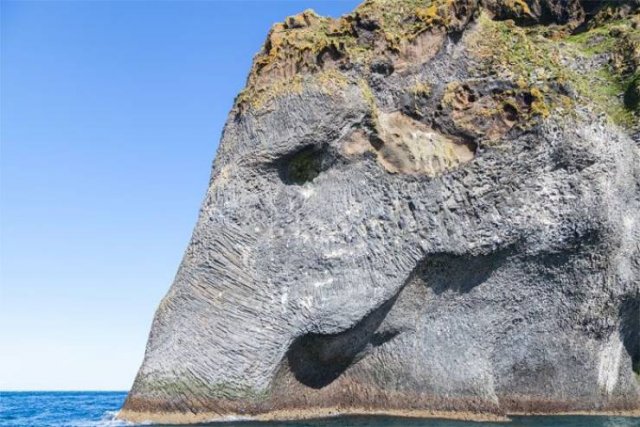
The Elephant Rock is a basalt rock found on the Westman Islands in Iceland. The Westman Islands formed after a series of volcanic eruptions and the last eruption that caused significant damage was in 1973. It is believed that the Elephant Rock formed in this very eruption. It is spectacular because the shape is so defined, it looks like it has its trunk underwater and the basalt rock gives it a unique wrinkled skin texture.
Members Of The Same Family Can All Have Different Last Names

Normally, in modern times, family members share their last name and it stays for generations through the father’s line, but in Iceland, they have their own last name system. Firstly, when two people get married, they keep their own last names. If they have a son, then his last name is formed by adding the suffix ‘-son’ to his father’s or mother’s first name, while a girl’s name would be formed by adding the suffix ‘-dóttir’. The suffixes literally mean ‘son’ and ‘daughter’ respectively. So that is how all of the family members can have different last names and there are no family names as we understand them now. Also, since 2019, Icelanders who identify as non-binary are allowed to add the suffix ‘-bur’ instead, which means ‘child.’
Parents In Iceland Often Leave Their Babies To Sleep Outside In The Cold
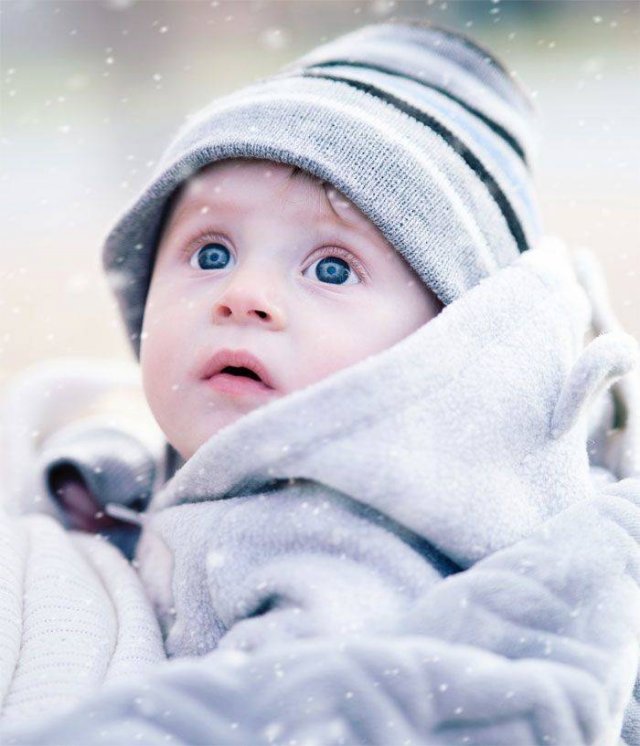
In Iceland and other Nordic countries, it’s not unusual to leave your infant to sleep outside even in freezing temperatures. Of course, they are dressed appropriately and covered up, but even then, most parents from other countries would feel wary about leaving their infant in cold weather. However, in Iceland, it is believed that sleeping in the cold boosts children’s immune system and contributes to a better rest. Maybe there is truth to that, because the average life expectancy in Iceland is 82 years, which is 10 years more than the world’s average.
In Icelandic There Is A Word Meaning 'Ice-Cream Road Trip'

Icelanders can eat ice cream no matter the temperature, and it gets cold there. In fact, they love ice cream so much that they have a word which, in essence, means driving around and eating ice cream. The word is ísbíltúr and it is a compound word. The first part of the word is taken from ísbúð, which means an ice-cream shop, and the second part is bíltúr, which signifies the act of jumping in a car and going for a ride. So together they mean going on a car ride where the journey is more important than the destinations, but at some point, you enjoy some ice cream.
The World's First Democratically Elected Female President Was The President Of Iceland Vigdís Finnbogadóttir In 1980
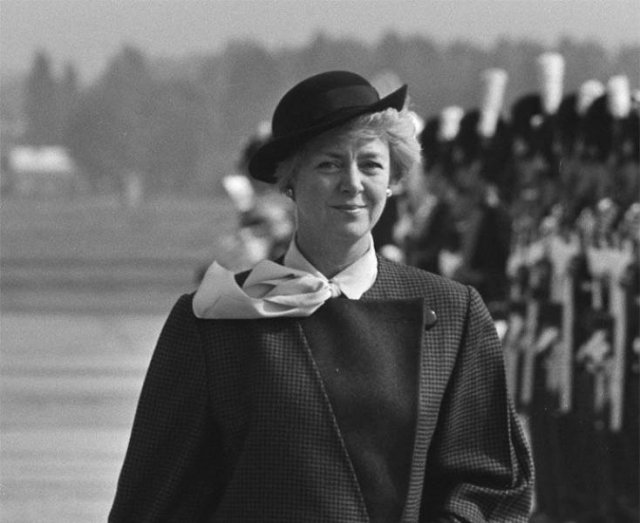
Vigdís Finnbogadóttir is an Icelandic politician who served as the fourth President of Iceland and she was the first female who was democratically elected as president in the world. She is also Iceland’s only female president to date. During the 1980 presidential election, the Icelandic women’s movement focused on electing a woman. That year, Vigdís Finnbogadóttir ran against three male candidates and won with a small difference: she received 33.6 percent of the national vote and the nearest rival got 32.1 percent. After four years in office, she was very popular and was re-elected again in 1984 with nobody running against her. She then won the election with 94.6 percent of the votes in 1988, and again in 1996 unopposed. That makes her the longest-serving Icelandic president (four terms) until Ólafur Ragnar Grímsson was elected to his fifth term in 2012.
There Are No Mosquitoes In Iceland
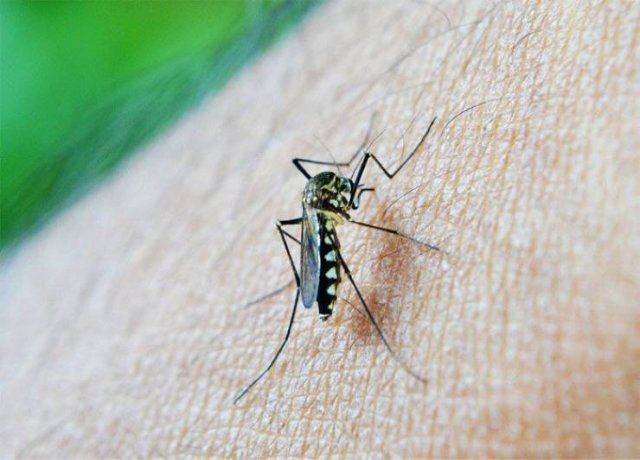
There are approximately 1,300 types of insects in Iceland, but no mosquitoes. Temperatures in Iceland can get very low or suddenly and unexpectedly rise, which would interfere with a mosquito’s lifecycle. Scientists think that this is the reason why Iceland is a mosquito-free country. But just because there aren’t any mosquitoes biting doesn’t mean that there is nothing to replace them. Icelanders have to deal with midges, which look like mosquitoes and also bite.
There Are No McDonald's Restaurants In Iceland

The first McDonald’s in Iceland was opened in 1993, but the fast-food chain didn’t survive for that long. In 2009, the last restaurant was closed and no new ones were opened. After the initial enthusiasm and after Burger King and KFC opened, McDonald’s became just another fast-food chain for Icelanders, so it wasn’t that special anymore. Also, the 2008 financial crash contributed to the last restaurant closing and now you can find Taco Bell, Kentucky Fried Chicken, and TGIF’s, but no McDonald’s in Iceland.
The Most Famous Food In Iceland Is Hot Dogs
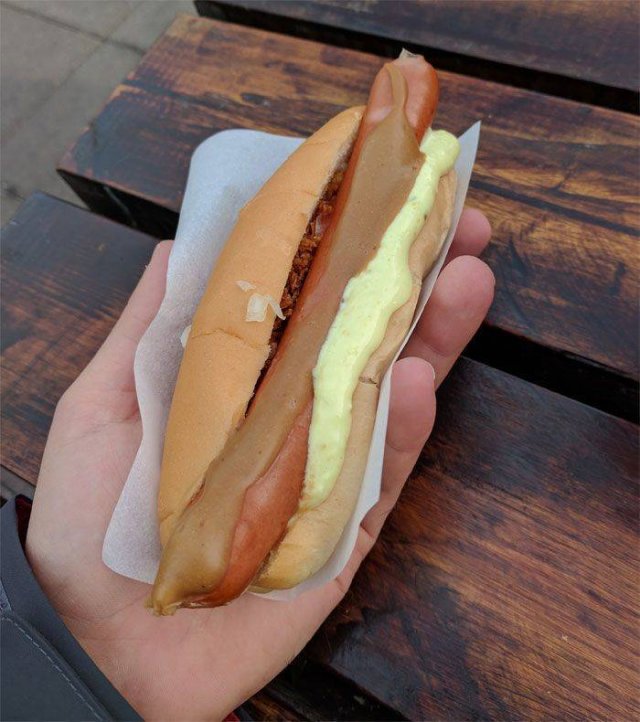
At this point, hot dogs are practically the national dish of Iceland. They are everywhere: you can by them in gas stations, roadside stops, restaurants. The most famous place to get a hot dog in Iceland is Baejarins Beztu Pylsur. The name translates to ‘the best hot dog stand in town.’ This hot dog stand was opened in 1937 and it is still run by the same family. Even such famous people as Bill Clinton and Kim Kardashian visited the stand and got a taste of the famous hot dogs. These hot dogs are special because instead of pork or beef, Icelanders use lamb meat. The family that runs the stand also makes their own ketchup which contains apples as an ingredient. You can have a hot dog with homemade crispy onions and sweet mustard, along with raw onion, ketchup, and remoulade. Baejarins Beztu Pylsur was selected by the British newspaper The Guardian as the best hot dog stand in Europe in August 2006.
The Colors Of Iceland's Flag Symbolize The Three Elements Of The Country's Landscape
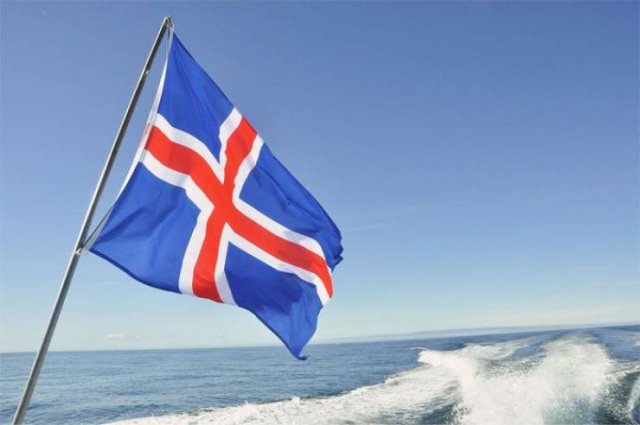
Iceland's flag is blue with a white cross and a red cross inside the white cross, which are not in the center, but more to the left side. The cross represents Christianity and this version of the flag was adopted in 1918 when Iceland gained independence from Denmark. The colors in the flag reflect the three elements which make the country’s landscape. Red is the fire produced by the volcanoes, white represents the ice and snow, and blue is for the mountains of the island when looked at from the coast.
It Is Possible To Drive Around The Whole Country In Less Than 24 Hours
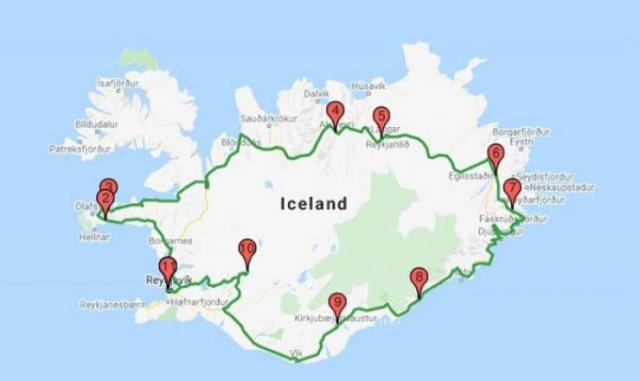
The Ring Road is a perfect way for tourists to take in the scenery and culture of Iceland. It’s 828 miles (1332 kilometers) long and it goes around the country’s circumference, leaving out only the Westfjords and the Snæfellsnes Peninsula. So, if you're not stopping anywhere and just want to enjoy a picturesque road trip, it is possible to drive through all of it in less than 24 hours, but most tour guides recommend to dedicate at least 7 days to see all the amazing things Iceland has to offer.
Iceland Has About 130 Volcanoes And Approximately 30 Of Them Are Active
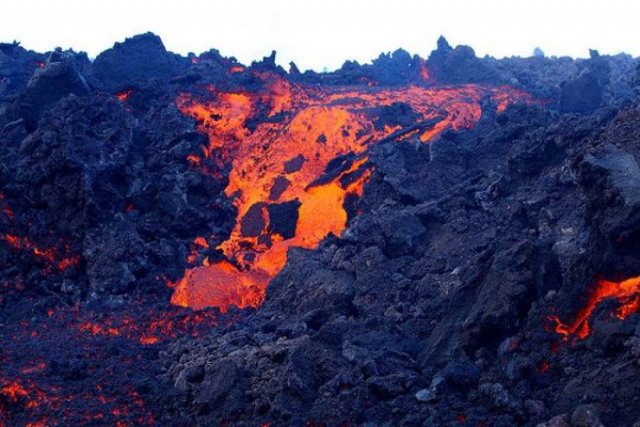
Iceland is sitting on the Mid-Atlantic Ridge, which separates the North American and Eurasian tectonic plates. These tectonic plates are constantly moving, pulling away from each other, so the space between them is filling up with magma, which rises in the form of volcanic eruptions. Because the Mid-Atlantic Ridge goes all the way through Iceland, there are about 130 volcanoes on the island and about 30 of them are active. The most recent volcanic eruption was on March 19. It was the Fagradalsfjall volcano that erupted. And the eruption is so vibrant that it can be seen glowing from space.
Children Get Christmas Gifts From 13 Yule Lads
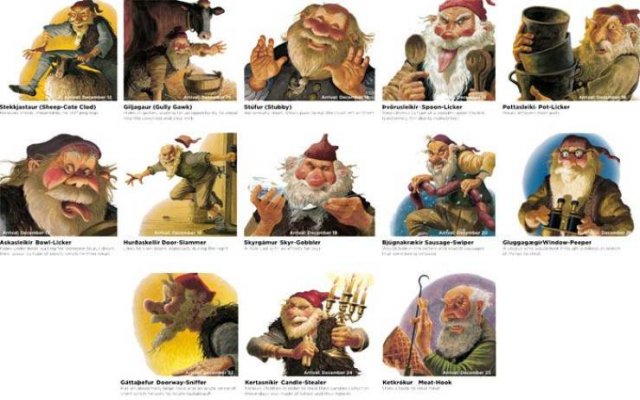
You could say that the Yule Lads are the Santa Clauses of Iceland. There are 13 of them and in the 13 days leading to Christmas, they bring gifts to children. Children place one of their shoes on the windowsill and if they were good the day before, the Yule Lads will bring candy and small gifts, but if the child was naughty, they will leave a rotten potato in their shoe. Each of the Yule Lads has a particular personality, similarly to the seven dwarfs, and they all have some mischief they like to make, for example, slamming doors at night or stealing leftovers from pots. They don’t seem that harmful, but apparently they were a lot creepier back in the day. So much so that in 1746, parents were officially banned from telling stories about the Yule Lads to their children because the stories would really haunt them.
The Icelandic Parliament Is The Longest Running Parliament In The World
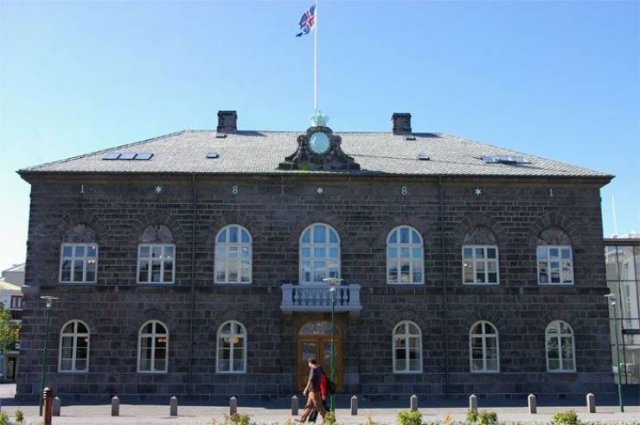
The national parliament of Iceland is called the Althingi. It is the oldest parliament in the world that still runs to this day. It was first founded in 930 at what we now know as Thingvellir National Park. All free men could attend the assembly and it was the biggest social event of the year. Even when Icelanders submitted to the authority of the Norwegian king in the 13th century and under the control of the Danish monarchy since the end of the 14th century, the Althingi still existed in some form until 1800 when it was disbanded by a royal decree. The Althingi was re-established in Reykjavík and assembled again in 1845.
Dogs As Pets Were Banned From 1924 To 1984 In Reykjavik
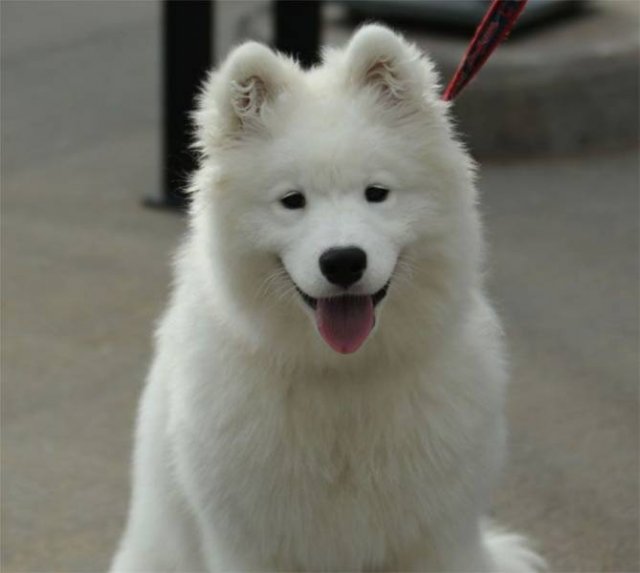
In the country’s capital Reykjavik, people were banned from having dogs as pets from 1924 to 1984. It wasn’t because they hated dogs or something. It was discovered that dogs were the carriers of echinococcosis, a type of tapeworm that can be passed from dogs to humans, and they were often found during autopsies. These tapeworms are dangerous because they cause intestinal infections, permanent blindness, and death. So people were not allowed to keep dogs as pets within the limits of the city. Now there is no ban, but residents of Reykjavik still need permits to have dogs, and owners have to microchip and vaccinate them.
From 2010 To 2014, Reykjavik's Mayor Was A Comedian With No Political Background

Jón Gnarr is a well-known actor and comedian in Iceland, and, apparently, a politician. In 2009 he founded the Best Party and invited other people that had nothing to do with politics to join it. This party was supposed to be a parody and to liven up Iceland’s political world. Then, in 2010, the comedian put in his candidacy to become mayor of Reykjavik. This also was just for fun, a satirical gesture. But to everyone’s surprise, he actually won and served in the office from 2010 to 2014.
1st Of March Is The Icelandic Beer Day
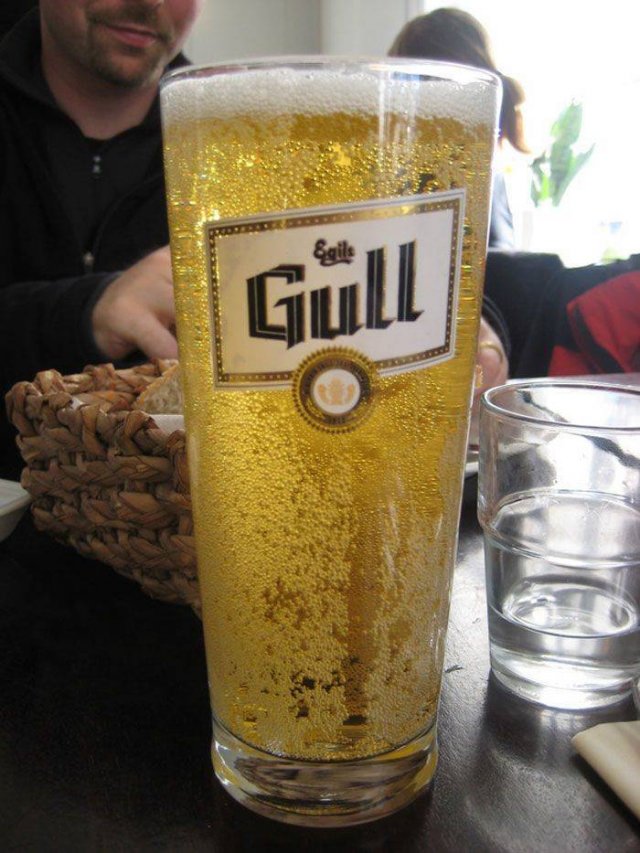
Beer is a popular drink choice among Icelanders, so it may surprise you that beer was illegal for quite a while. At first, in 1915, Iceland prohibited all alcohol, but in 1921, the ban on red and rosé Spanish and Portuguese wines was lifted, because Spain threatened to stop importing Iceland’s salted cod, which was the country’s biggest export. Later, prohibition became even less strict and from 1935 to 1989, it applied only to beer with more than 2.25 percent alcohol content. When after 74 years, on the 1st of March, the beer ban was finally lifted, that day was marked as Beer Day or Bjordagur in Icelandic.
There Isn't A Public Railway System In Iceland
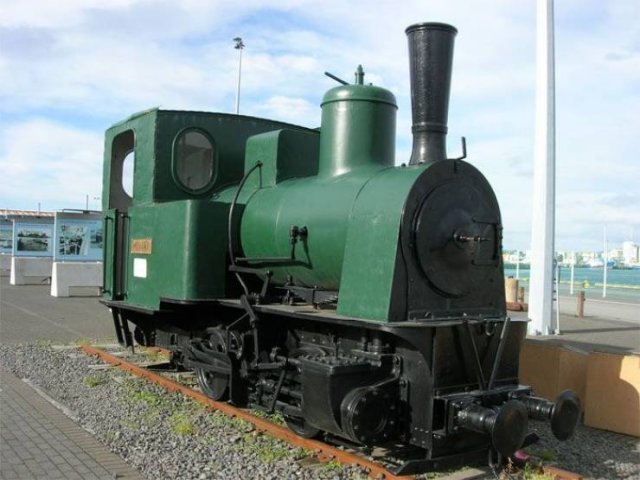
Iceland doesn’t have a public railway system. There have been some proposals, but none of them were realized. It’s not like there are no railways at all, but one railway was built to use for the construction of harbour breakwaters, and another for transportation of produce and materials to the one of the country’s first industrial farms. The main reasons for not making a public railway system are the small population and the harsh environment, as well as the developed road infrastructure and competition with cars.
Source

